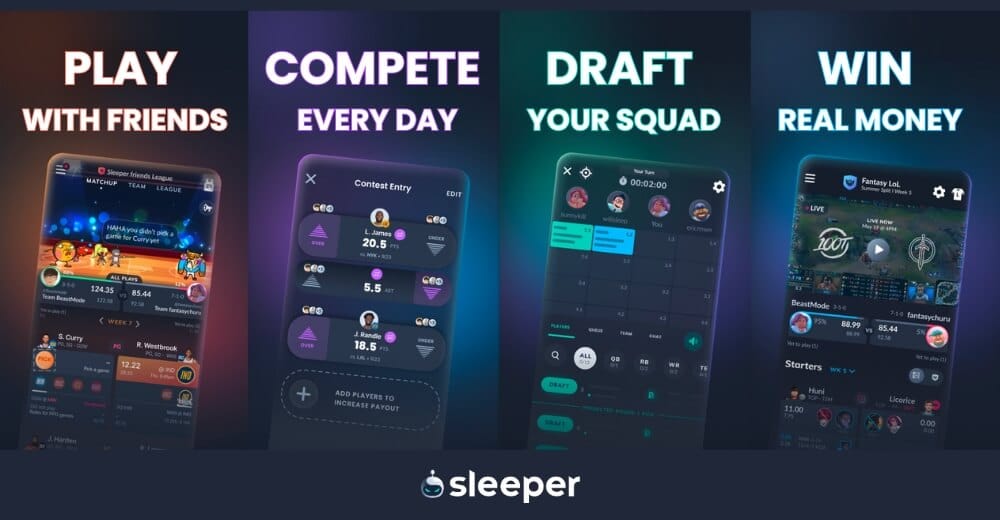Every manager initially has a chance to land every player in salary cap drafts. Here are some tips on how to navigate the terrain
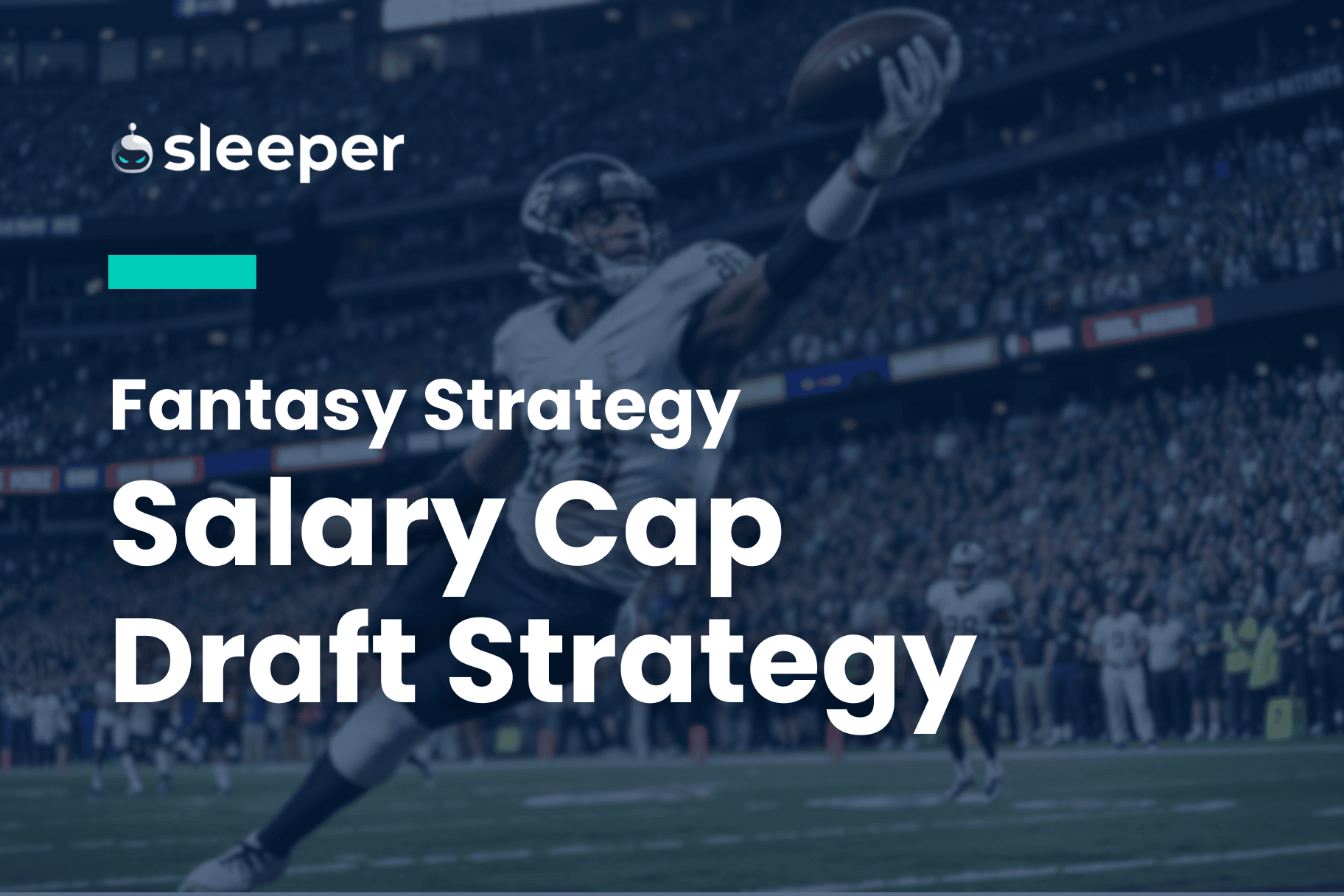
Salary cap drafts — also commonly known as auction drafts — are a more immersive experience than the traditional snake draft. Fantasy football managers looking for a strategic and advanced new way to draft their teams gravitate to the fast-paced and flexible drafting style present in salary cap drafts.
This article outlines what a salary cap draft is, before diving into strategies and tips to help you succeed on draft day. Eight players to target in these draft rooms are also revealed.
What Is a Salary Cap Draft?
All salary cap drafts consist of three primary elements: a fixed budget, player salaries and a nomination order.
Fixed Budget
Salary cap drafts have a fixed starting budget for each competitor. Usually set at $100 or $200, this is the allotted funds each manager will be spending on players for their team. If the budget is set at $200 and a manager successfully wins a player for $50, then their remaining budget would drop down to $150 for the rest of the draft.
Player Salaries
Players can only be added to your fantasy roster for a price. Occasionally, fantasy platforms will already pre-assign a salary to each player. Most often, fantasy managers take turns bidding on players, with the player joining the fantasy roster of the highest bidder. While typically referred to as player salaries, others use the term “auction values.”
Nomination Order
The nomination order — how players are put up for auction — is usually conducted in either a snake draft format or just a rotating order. So, if you have the second nomination in a 10-team league, you’d then nominate again for the 19th player if it’s a snake format. Or, you’d nominate the 12th player if the nomination order simply rotates. Strategy for which players to nominate is detailed later on.
The beauty of a salary cap draft is that every single player can initially be won by every manager. Unless you have the first pick in a snake draft, you aren’t getting Christian McCaffrey. But, every manager has a chance to win McCaffrey in a salary cap draft, since he just goes to the highest bidder.
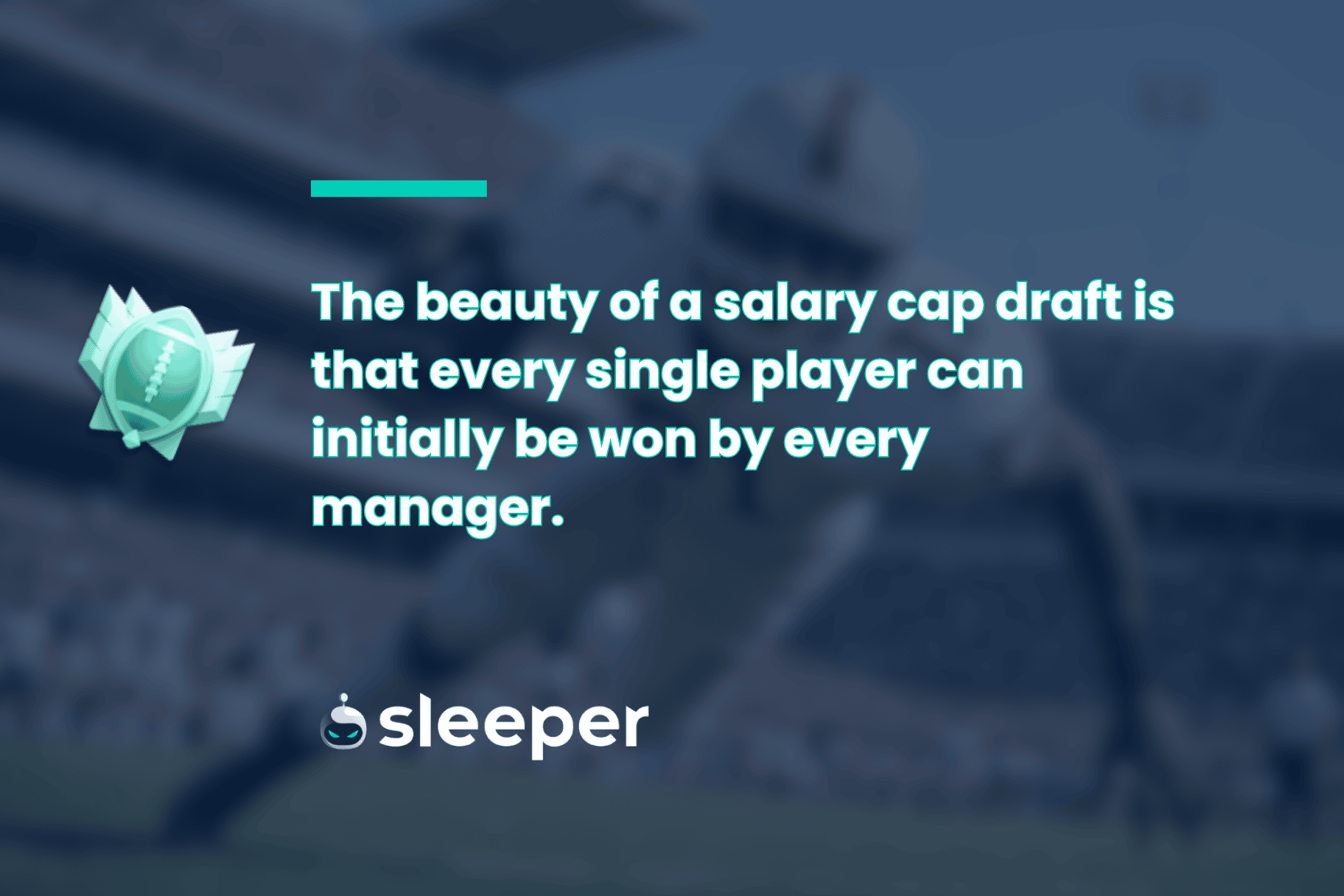
3 Salary Cap Draft Strategies
1. Draft Elite Players
This one is simple. Use the vast majority of your budget to draft several high-end fantasy football studs that go in the first two or three rounds of redraft leagues. You’ll have to bargain shop for the rest of your roster, but you probably have a top-three running back and wide receiver to offset that.
2. Draft Mid-Round Talent
Rather than investing most of your money in a few early-round superstars, you save your money and draft a dozen players that would go in rounds 4-7 of redraft leagues. Usually, this strategy involves sitting out of the bidding for the first 20-30 players. You won’t have any big name players, but you’re probably going to have the best flex starter and fantasy bench among your league mates.
3. Balanced Approach
Just like it sounds, this would be a blend of the first two strategies. With a balanced approach, your team will look more similar to a traditional redraft team.
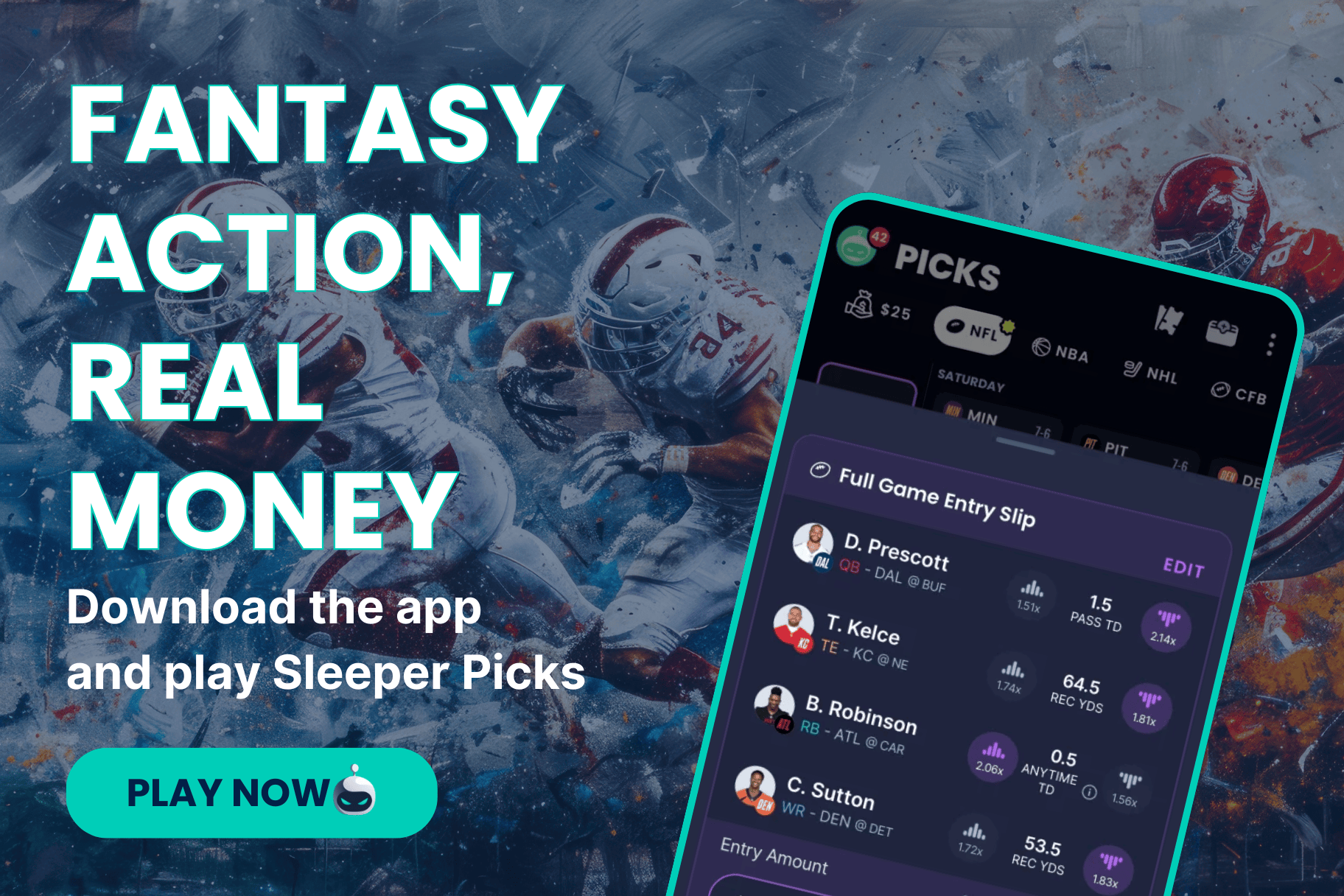
8 Players to Target in a Salary Cap Draft
Bid estimates for these eight players are based on a $200 budget.
Breece Hall ($57)
McCaffrey and Bijan Robinson often attract the top dollar attention on draft day, but Hall is in a similar tier, and often cheaper.
Hall was a fantasy RB1 last season while playing with three bad backup QBs and running behind a patchwork offensive line. Aaron Rodgers is healthy again, and the Jets invested in two good veteran offensive tackles in free agency.
Jaylen Waddle ($28)
Waddle was a fringe fantasy WR1 in both 2021 and 2022, before injuries affected his 2023 campaign. There is touchdown upside here, as the Dolphins scored the second-most points last year. And, if anything happens to Tyreek Hill at age 30, Waddle has true top-three upside at the position. Waddle scored 28 fantasy points in the one game Hill missed last season.
Alvin Kamara ($25)
Kamara was the RB3 in PPR points per game last season, though he was ineffective as a rusher and didn’t score many touchdowns. Heading into 2024, his situation and path to fantasy success look almost identical, but he’s rarely valued inside the top-15 at his position. The Saints’ offensive line injuries may actually help Kamara’s receiving volume, since QB Derek Carr will frequently be under pressure.
Dalton Kincaid ($14)
Kincaid is the only tight end in fantasy football that’s the clear No. 1 target in a strong offense. Stefon Diggs and Gabe Davis are out of Buffalo, and Curtis Samuel and rookie Keon Coleman are in. Kincaid is fast, quietly caught 73 passes as a rookie and may sleepwalk into 125 targets from Josh Allen this upcoming season.
Kyler Murray ($12)
Murray averaged more than 22 fantasy points per game in both 2020 and 2021, before an ACL injury affected his last two seasons. He is fully healthy once again, and the team just drafted star rookie Marvin Harrison Jr. with the fourth pick in the draft. Murray is an inexpensive alternative to the elite QBs, with similar upside.
Devin Singletary ($8)
Singletary has been a workhorse in the playoffs the past two seasons, for the Bills (2022) and Texans (2023). Last year, Singletary even saw a career-high 246 touches. Teams trust the veteran when it matters, and he has minimal competition for backfield touches in New York. For those who spend heavily on wide receivers, Singletary is a budget fantasy RB2.
Marquise Brown ($6)
Brown has earned a high percentage of his team’s targets in 2020, 2021 and 2022, before he really struggled with injuries in 2023. Now he finds himself on the Chiefs, the projected top passing offense of ‘24. The wide receiver depth chart in Kansas City is unclear, but Brown has a multi-year history of earning more than 20% of his team’s receiving opportunities. Don’t overthink it and save some budget for a speedy receiver that now gets to play with Patrick Mahomes. While he’s unlikely to suit up for Week 1 due to injury, he was likely going to begin the season on your fantasy bench anyway.
Jaylen Wright ($1)
Last year, Raheem Mostert and De’Von Achane were both top-five in fantasy points per game. Wright has elite speed, and the rookie should fit perfectly into this Miami offensive system. He is also the rare handcuff running back with two injury outs. Should anything happen to Mostert or Achane, Wright will have fantasy appeal.
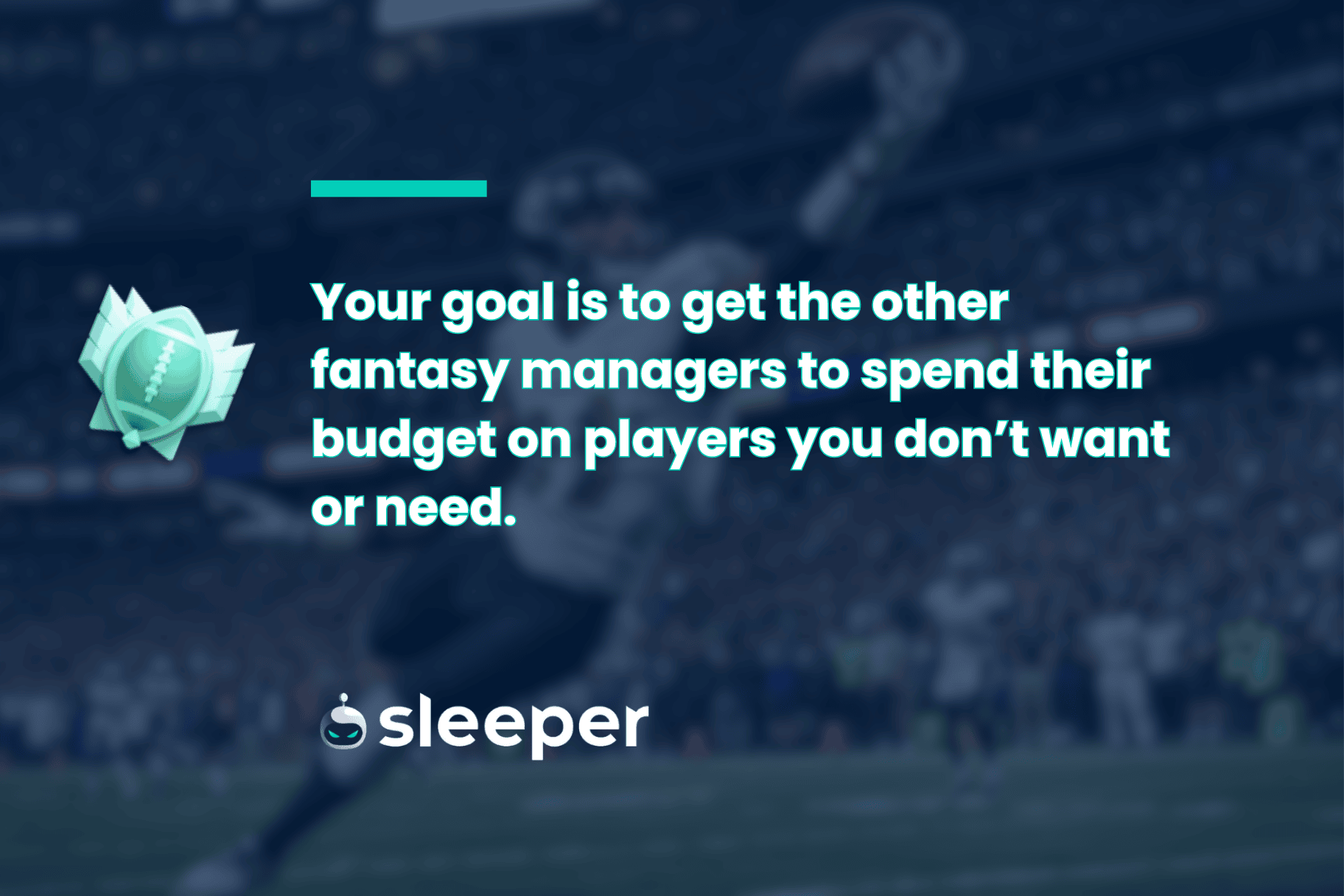
Salary Cap in Fantasy Football: 5 Tips
1. Pay attention to average player values
Most auction platforms will show the average winning bid for each player, and this provides an anchoring price. These prices aren’t gospel, but the wisdom of the crowd should be taken into account. If a player’s average winning bid is $12, but he’s already up to $17 in your league, let someone else keep bidding and overpay.
2. Nominate players you don’t want
Your goal is to get the other fantasy managers to spend their budget on players you don’t want or need. If you have already locked in a quarterback, consider nominating another high-end QB to get the other managers to spend their money. If you see that managers are overspending on fantasy RB2s, then keep nominating them. That being said, you can bid on – and win – a player you’ve nominated.
3. Actually bid on some elite players
The biggest mistake new salary cap drafters make is actually underspending. Beginners should lean toward drafting elite players, rather than loading up on mid-round talent. Most difference-making fantasy assets come from the first three rounds of redraft leagues, so make sure two to four players on your salary cap roster have a top-36 redraft average draft position.
You’ll have access to the waiver wire, just like in a traditional redraft league. Don’t bid too much on players who end up looking awfully similar to the options available on the Week 1 waiver wire.
4. Watch out for the end of a tier
Players often become more expensive when a tier break is about to happen. If there is only one elite QB remaining, there’s a good chance he’ll be pricier than the elite QB before him. Try to bid – and win – players when you’re still a few picks away from hitting the cliff at a certain position. Your goal is to make the other managers overspend, so plan ahead to avoid getting stuck in a desperate situation.
5. Be a price enforcer
This tip is difficult, and it takes time to truly master. Price enforcing is driving up the price on players you don’t actually want to win. If the average bid on a player is listed at $28, and another manager is about to win him for $11, consider throwing in a bid yourself at $12 or $13. Chances are, your pretend interest in the player will cause the $11 bidder to increase their bid once again. And, psychologically, other managers will now be more likely to bid on that player once there are multiple “interested” managers.
Worst case? With price enforcing, you may end up winning a good player for well below market value.
Frequently Asked Questions
What is a good salary cap for fantasy football?
Typically, a $200 budget is the default, and for good reason. Using $100 as a budget often feels more restrictive during the auction process. Using a much larger number like $500 will elongate the bidding process on each player, and the draft could drag on for many hours.
What is the difference between a snake draft and a salary cap draft?
In a traditional snake draft, your draft slots are predetermined by your pick number. You can only draft a player when it is your turn.
In a salary cap draft, the only predetermined order is for player nominations. All players can be drafted by any fantasy manager when they are nominated.
What is the biggest mistake new managers make in salary cap drafts?
The biggest mistake novice salary cap drafters make is saving their money for too long during the draft process.
Your goal should be landing multiple players with a third-round-or-higher redraft ADP. It’s difficult to win your fantasy league without any high-end talent.
What is the best fantasy platform for salary cap drafts?
Sleeper is the best way to set up an auction draft within minutes. You can customize every part of your experience for free, from how long managers have to nominate players, to how long the bidding process lasts to the auction budget itself.
How many hours do most salary cap drafts take?
Most salary cap drafts take two to three hours to complete, which is slightly longer than a traditional snake draft. Additionally, you’ll need to be alert for every minute of the draft, since every manager is technically “on the clock” and able to bid on any nominated player.
Let the Bidding Begin
Now, you are well-versed in what a salary cap draft is, along with actionable strategies and tips to help you succeed on draft day. Take your new-found knowledge to Sleeper, either by signing up on their website or downloading the app, to start playing fantasy football and enjoy all the benefits and special features that only Sleeper offers.
Salary cap drafts attract a more seasoned fantasy football audience, and fantasy managers like you often enjoy daily fantasy sports (DFS). Sleeper Picks is a way to further test your player knowledge during the season, and you simply choose whether you think players will have more or less than their projected stats, with a chance to win real money in the process.


